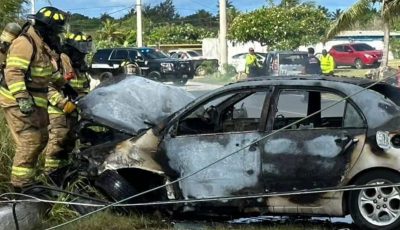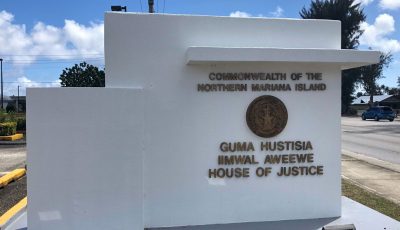The Blue Flame
Some stories have to be told. The Blue Flame’s story is one of them. Although this takes us back a few decades, some recent news is bringing the old days into new headlines.
The Blue Flame, as any of my pals and I would have told you back in grade school, was a rocket-powered car that set the land speed record of 630 mph at the Bonneville Salt Flats in Utah on Oct. 23, 1970.
You might ask me why you should care. But you might as well ask me why any schoolboy at the time would not care, because we did care, and even all these decades later the mere mention of the Blue Flame sets the pulse racing.
None of my pals and I ever saw the Blue Flame with our own eyes. But the photos were good enough. We all drove the Blue Flame a thousand times a week, in our imaginations that is, which gave us flight from the stale confines of our classroom desks.
We had, of course, a lot of cool things to contemplate at the time. There were Learjets and Boeing 727s and Huey helicopters and Ford Mustangs and Chevy Novas and other highlights of the age. But even kids understood that these machines were of commercial practicality, and hence there would be a lot of them. They were impressive, yes, but not rare.
But a rocket-powered car by contrast struck us as something that was an exercise in pure performance. There was only one Blue Flame. This was no assembly-line item.
As for land speed records, these are items of painstakingly specific definitions. I don’t understand them but I’ll regurgitate them: The Blue Flame’s records were tallied in two flavors, one at 630 mph (based on a “flying kilometer” index), the other at 622 mph (based on a “flying mile” index). The Blue Flame is said to have hit around 650 mph at one point, but the record book scores aren’t based on peak speeds, as we can surmise from the use of, and the different results from, kilometer- and mile-based spans.
The Blue Flame was unbeatable for a lot of years but, in 1983, a jet-powered British car dubbed “Thrust2“ recorded a new record 634 mph in the Nevada desert.
The British have held the land speed record ever since.
Another one of their accomplishments was going supersonic in a run of 763 mph in 1997. This car, the ThrustSSC, was powered not by one engine, but by two. It’s pretty much a jet-engine sandwich, with a needle-shaped body wedged between two afterburning turbofans.
Well, this introduces a fact in high-speed transportation, and, though I don’t know the specifics of the ThrustSSC’s development, I can offer a broad truth here: When in doubt, add more thrust.
Actually, when in doubt, add more money; that’s where thrust comes from. And when not in doubt, well, add money anyway. If you ever get involved with jets at any level, you can count on this wisdom.
The ThrustSSC crew is now aiming for another record: They’re working on another car called Bloodhound SSC, to gun for the 1,000 mph mark. They think it will go from zero to 1,000 mph in 55 seconds. There’s no jet sandwich this time around but, instead, one jet engine and one rocket engine are mounted one over the other along the vehicle’s centerline.
The race track for this event is in South Africa. Preparations for the action have been in the news lately. Test runs and a goal of hitting 800 mph are slated for later this year. It’s too early to tell when the 1,000 mph mark will be on the plate. Soon enough, I guess, but first things first.
But the near future sure isn’t going to erase the distant past. Nothing, no matter how fast, will ever replace the Blue Flame. Many of us will remember it for a lifetime.
As a follow-through to those days, I’ll mention a few things:
The Blue Flame is now a museum display in Germany.
The Blue Flame’s tires were made by Goodyear. This nudged many of us toward buying Goodyear tires once we hit driving age. There is no way to measure how big the Blue Flame’s influence is, or was, on this matter, but it has certainly been a factor.
The driver of the Blue Flame, Gary Gabelich, who struck us as a very dashing figure, passed away in 1984 at the age of 43 from a motorcycle accident. He had a really interesting career and, among his other exploits, he served as a test subject for the Apollo space program. As the story goes, he was originally the third choice for the Blue Flame; the first choice wanted too much money, the second choice got killed in a racing crash before he could start his Blue Flame assignment, and then Gabelich took the opportunity to be driver when it presented itself.
And that, folks, is the story of the Blue Flame.


























